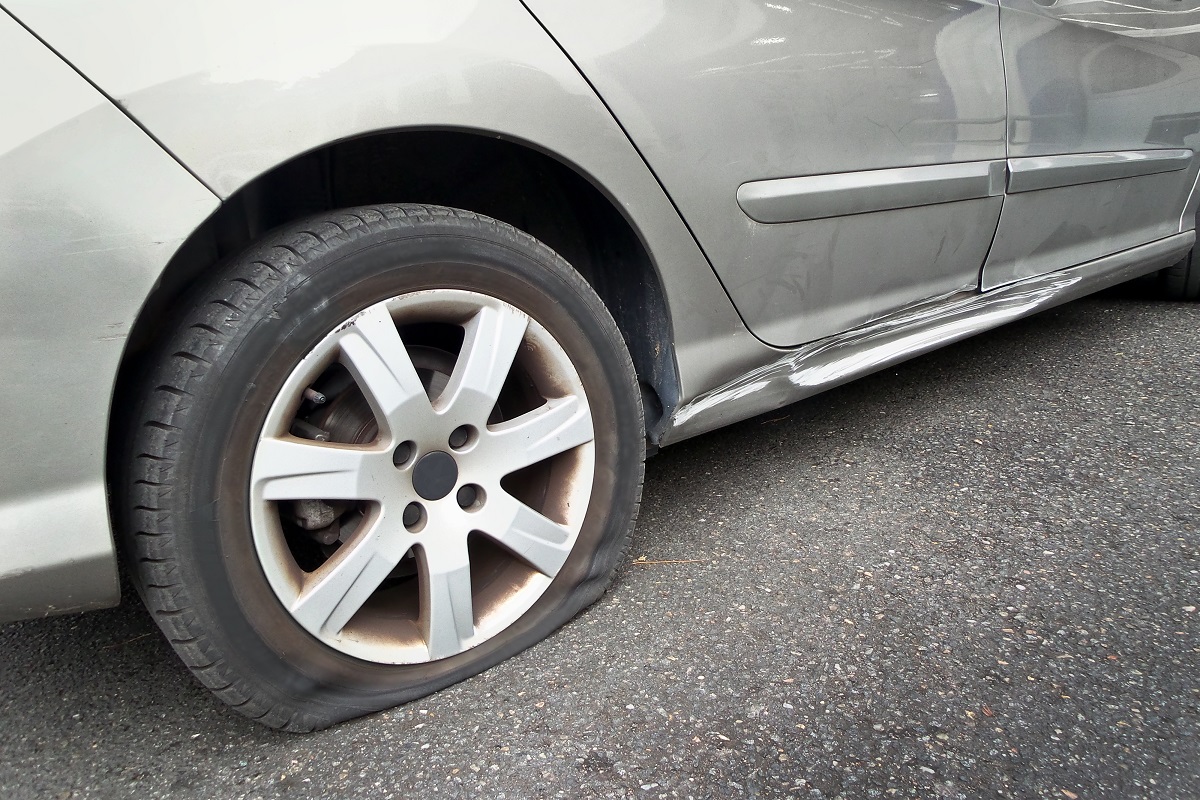Don’t you hate it when you’re cruising down the open road and suddenly, your car starts acting up? Nobody likes having their car break down in the middle of the road. For new drivers, you might get a little panicked, but don’t sweat it. This guide will tell you the most common reasons for your car problems.
Flat Tires
Pretty much the most straightforward car problem to recognize is getting a flat tire. You’ll notice it right away because it will seem like your car is uneven or the road is bumpy when it’s not. Frequently driving can quickly wear out the rubber of your tires, so you better make sure always to bring a spare.
In this case, the best solution is prevention. Always check your tire pressure before going out. If you notice that one tire regularly needs air, then it’s probably punctured and needs to be replaced. Most tires have tread wear indicators on them that show you if the rubber is getting thin.
Damaged Wires
Cars are run by more than just gas. Electricity powers most of their essential functions. A common reason why a car won’t start or abruptly stops is damage to its electrical components. It could either be the battery, the starter, or the wiring.
One way to figure out the cause of your problems is to check whether other parts of your car are malfunctioning. Are your car lights always flickering? Is there a burning smell coming from your hood? If you said yes to all this, then you have an issue of faulty wiring.
Unfortunately, there is little you can do without the right tools. There might still be currents running through those wires even if they are damaged. Handling wires without electrical devices or the knowledge on them is highly unsafe. An emergency electrician not only has the tools but knows how to handle the other components attached to the wire to prevent a fire or something worse.
Dead Batteries
Is your engine not starting whenever you turn on the ignition? That’s a sign of a dead battery. While driving, you’ll notice the signs early on. The interior and exterior lights could be dimming, speed going slower, and everything else will continue to shut down until you stop.
If you notice the signs early on, you should set your car aside to prevent stopping in the middle of the road. Next, put your hazard lights on to signal the other vehicles and pull off the road. A common misconception with new drivers is that you should flag down other drivers for help. Do not do this. This might catch them off guard and lead to an accident. Instead, open your hood and tie something white to show that you need help.
When dealing with faulty batteries, it depends on the circumstances. Sometimes it’s just not working right, and sometimes it’s completely dead. Take note of how long it’s been since you last replaced your batteries. These generally need to be replaced every four to five years, depending on the usage.
If you’re carrying jumper cables, then you can try to charge or start your battery again. But empty batteries need to be replaced.
Faulty Alternator
If your batteries keep failing even after replacing them with new ones, then the problem could be with your alternator. The alternator works alongside your battery to deliver electricity to other parts of your car.
Faulty alternators are also one of the reasons why a battery would drain faster than usual. Once it breaks, your battery won’t be able to recharge. When this component fails, you will also experience difficulty starting, dim headlights, or other electrical problems like a fault windshield or air condition.
Novice drivers can’t always tell if the problem is with their alternator. A car can continue to drive even when it’s broken, but this is dangerous because it can stop while you’re in the middle of a highway. The car will only keep running a short distance, so you’ll never really know how far or when it’s going to stop.
To fix this, you can buy a new alternator to replace the faulty one. For beginner drivers who don’t know how, call a mechanic to do the jobs for you.
Broken Cooling System

Cars can be especially troublesome in the summer because then they can start to overheat. Couple that with a leaky cooling system, and you got yourself an overheating engine. This is easy to spot because you’ll notice the weird noises and a considerably warming car.
What you do is pull over to the side, just like how we mentioned in the part with dead batteries. But don’t open the hood of your car right away. The heat is creating a ton of steam, and if you open it too soon, you can get your face and arms burned from the heat. Wait until it’s completely cooled off before opening it.
Consider a car breakdown as a learning experience. Ideally, you want to make sure this doesn’t happen by checking and maintaining your car. But on the off chance it does happen, you can, at least, say that you know what to do.




